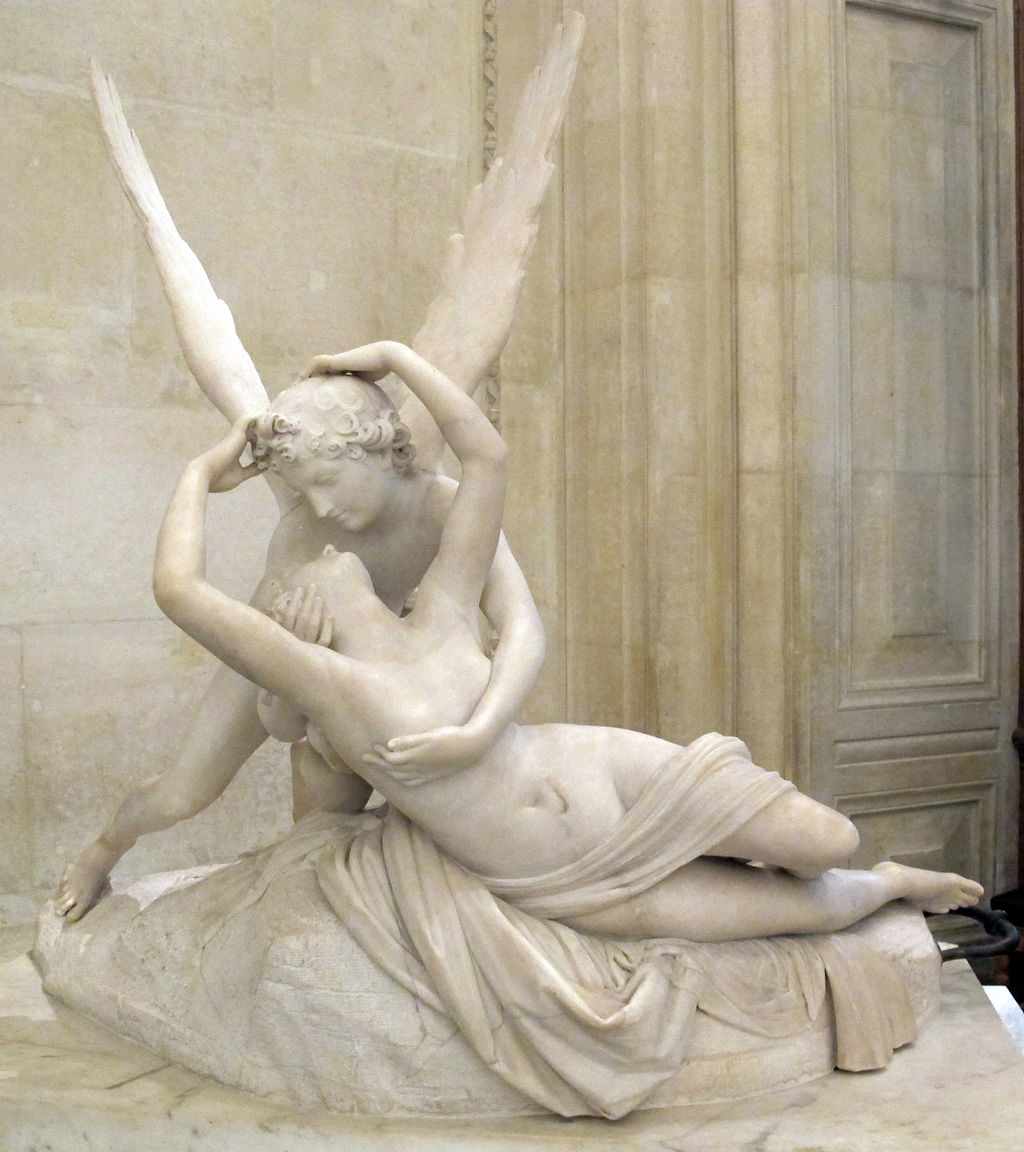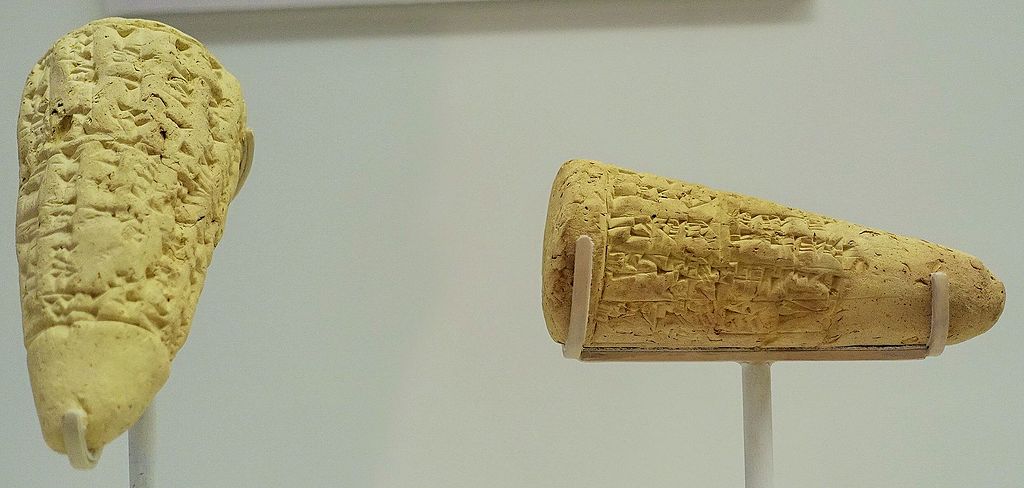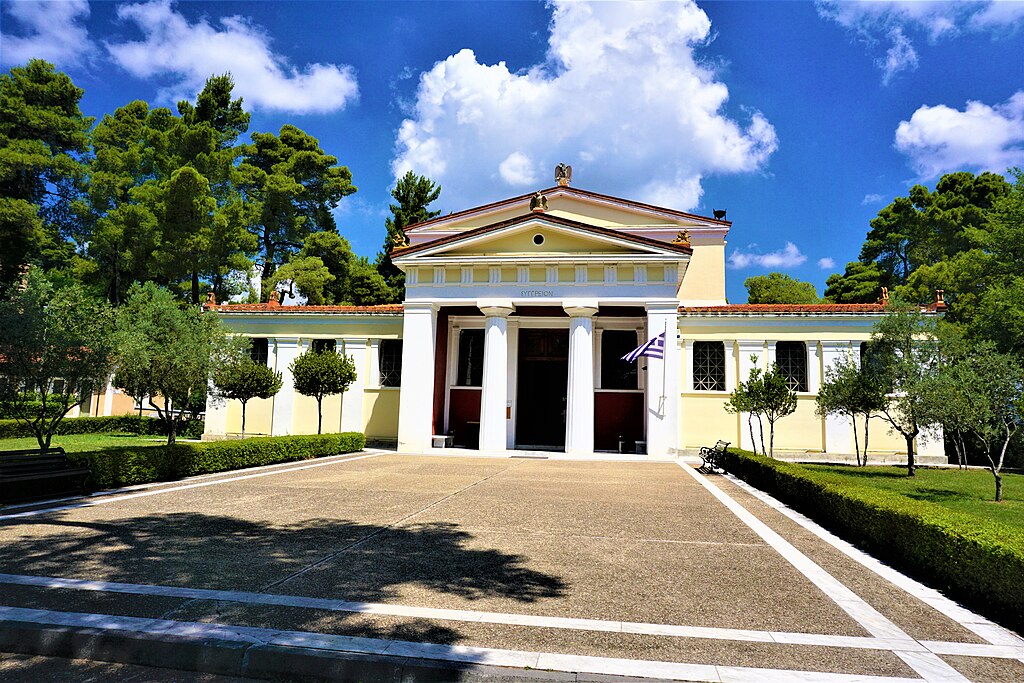
“Looking Down Yosemite Valley, California” by Albert Bierstadt
“Looking Down Yosemite Valley, California” by Albert Bierstadt depicts one of America’s most scenic views and was based on sketches made during a visit in 1863. It was the artist’s first large-scale Yosemite picture, a subject for which he would become well known.
Bierstadt painted the valley from a vantage point just above the Merced River, looking due west with the prospect framed by El Capitan on the right, and Sentinel Rock on the left; the spire of Middle Cathedral Rock is visible in the distance.
Today, Yosemite is famous for its granite cliffs, waterfalls, clear streams, giant sequoia groves, lakes, mountains, meadows, glaciers, and biological diversity.
Yosemite Valley has been inhabited for nearly 3,000 years. Vegetation and game in the region were similar to today; acorns were a staple to indigenous natives’ diet and other seeds and plants, salmon and deer.
The California Gold Rush in the mid-19th century dramatically increased travel by European-Americans in the area and conflict with the native Americans.
Bierstadt was a landscape painter of the Hudson River School. His breakthrough in American landscape painting came in the aftermath of a journey he made in 1859. Bierstadt joined the Honey Road Survey Party and traveled as far as the Wind River Range in the Rocky Mountains.
Bierstadt made studies for numerous paintings along the way. He had a habit of doing extensive preparation for his work, on occasion, making as many as fifty sketches for a single picture.
Yosemite Valley, California
Yosemite National Park is an American national park in Central California with a wilderness covering about 748,436 acres (1,169 sq mi; 3,029 km2). President Abraham Lincoln signed the Yosemite Grant in 1864.
Yosemite is one of the largest and least fragmented habitat areas in the Sierra Nevada, and the park supports a diversity of plants and animals. Millions of people visit Yosemite spending most of their time in Yosemite Valley.
Granitic rocks characterize the geology of the Yosemite area. About 10 million years ago, the Sierra Nevada was uplifted and then tilted to form its gentle western slopes and the more dramatic eastern slopes.
The uplift increased the steepness of stream and river beds, resulting in deep, narrow canyons. About one million years ago, ice accumulated, forming glaciers that moved down the river valleys.
The downslope movement of the ice masses cut and sculpted the U-shaped valley to create its scenic vistas.
Valley of Yosemite by Albert Bierstadt
Looking Down Yosemite Valley, California
-
- Title: Looking Down Yosemite Valley, California
- Artist: Albert Bierstadt
- Year: 1865
- Medium: Oil on canvas
- Dimensions Height: 162.6 cm (64 in); Width: 244.5 cm (96.2 in)
- Movement: Hudson River School
- Category: American Artist
- Museum: Birmingham Museum of Art
Albert Bierstadt
Albert Bierstadt (1830 – 1902) was a painter of sweeping landscapes of the American West. He joined several journeys of the Westward Expansion to paint the scenes.
Bierstadt was born in Prussia, but his family moved to the United States when he was 1. He returned to Europe to study painting for several years in Düsseldorf.
He became part of the second generation of the Hudson River School in New York, an informal group of like-minded painters who started painting along the Hudson River.
Bierstadt was a critical interpreter of the western landscape, and he is also grouped with the Rocky Mountain School.
Yosemite and the battle for National Parks, Bierstadt
Albert Bierstadt
- Artist: Albert Bierstadt
- Born: 1830, Solingen, Rhine Province, Prussia
- Died: 1902 (aged 72), New York City
- Nationality: German- American
- Notable works:
- The Falls of St. Anthony
- Looking Down Yosemite Valley, California
- The Rocky Mountains, Lander’s Peak
- North Fork of the Platte Nebraska
- Alaskan Coastal Range
Albert Bierstadt’s Lavish Landscapes of The American West
Tour of American Artists You Should Know
- John Singleton Copley (1738 – 1815)
- Benjamin West (1738 – 1820)
- Gilbert Stuart (1755 – 1828)
- John Trumbull (1756 – 1843)
- Edward Hicks (1780 – 1849)
- George Caleb Bingham (1811 – 1879)
- John Mix Stanley (1814 – 1872)
- Emanuel Gottlieb Leutze (1816 – 1868)
- Frederic Edwin Church (1826 – 1900)
- James Abbott McNeill Whistler (1834 – 1903)
- Winslow Homer (1836 – 1910)
- Mary Cassatt (1844 – 1926)
- Julian A. Scott (1846 – 1901)
- Daniel Chester French (1850 – 1931)
- John Singer Sargent (1856 – 1925)
- Childe Hassam (1859 – 1935)
- Frederic Remington (1861 – 1909)
- William McGregor Paxton (1869 – 1941)
- George Bellows (1882 – 1925)
- Edward Hopper (1882 – 1967)
- Grant Wood (1891 – 1942)
- Norman Rockwell (1894 – 1978)
Albert Bierstadt – American Paintings
~~~
“The best material for the artist in the world.”
– Albert Bierstadt
~~~
Photo Credit: 1) By Wikipedia; Albert Bierstadt / Public domain.
Popular this Week








 Sponsor your Favorite Page
Sponsor your Favorite Page SEARCH Search for: Search Follow UsJoin – The JOM Membership Program
Sponsor a Masterpiece with YOUR NAME CHOICE for $5
Share this:
- Tweet
